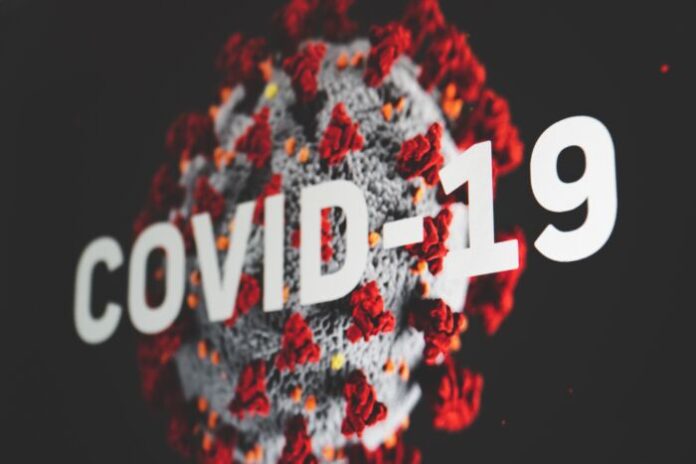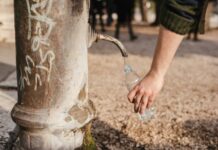
An innovative sensor will allow rapid, reliable and low-cost tests to diagnose the virus infection responsible for Covid: just blow into a straw connected to a specific device to have a reliable response in 10/15 minutes. The device was developed by ENEA, is called ‘AsDECO’ (Asymptomatic DEtection COronavirus), has dimensions comparable to a smartphone, is reusable, does not need reagents and will allow screening on a large number of people in environments such as, for example, schools and airports to identify, in particular, asymptomatic cases.
“The idea was born from the need to have new early and non-invasive diagnostic technologies available”, explains Antonia Lai, researcher of the Diagnostics and Metrology Laboratory at the ENEA Research Center in Frascati, who is developing the sensor together with colleagues Alessandra Pasquo and Simone Mannori. “We are working at full speed to build the first sensor within a few months. The field trials will start once the laboratory part is completed and will be managed by health facilities and hospitals, with which we are starting collaboration agreements”.
The ENEA sensor will use a highly sensitive and selective technique – currently used in specialized analysis laboratories – which will allow the viral proteins contained in the breath to be identified in real time.
“The presence of the SARS-Cov2 virus in the sensor – adds Lai – induces a change in the reflected light, identified through identification algorithms that allow a rapid response without the use of reagents. So far, mass screening on entire populations has shown its effectiveness in slowing the epidemic, also thanks to the identification of asymptomatic people. For this reason it is essential to develop new low-cost diagnostic tools that allow monitoring on a large scale, essential for containing the spread of the virus”.
Currently there are different types of diagnostic tests: the so-called “gold standard”, ie the “traditional” molecular swab, which searches for the genetic heritage of the pathogen on a sample taken from the nasopharyngeal tract (result in 24-48 hours); the rapid swab (antigen test) which identifies the protein components of the virus on a nasopharyngeal sample allowing a faster result (about 30 minutes), but less reliable than the molecular swab, generally considered valid for a first screening; the serological or immunological test that detects, with a blood sample, if you have come into contact with the virus, but not if an infection is in progress at an early stage; finally, the salivary test, which however is difficult for mass screening as it still requires a laboratory equipped to support it.
“The ENEA sensor does not aim to replace the molecular test, but to support it as a rapid diagnostic test on large population numbers. And, in perspective, it will be usable by unskilled personnel and can be used to detect the presence of other pathogens, simply by changing the ‘bait’ and marker”, concludes Lai.






































